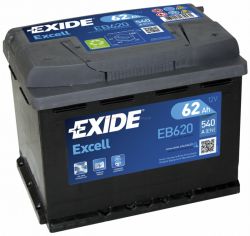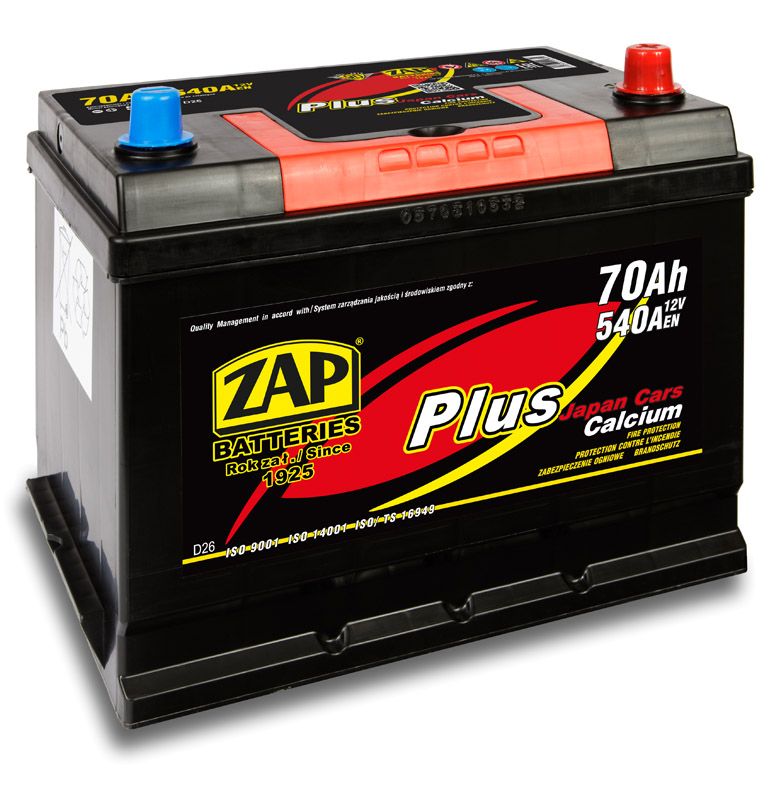Hello.
Original car had a 70 Ah 540 A battery, and now I want to buy an EXIDE PREMIUM 64 Ah / 640 A .
Question:
Is the inrush current in this case it will not be too big, i.e. these 100 A? what do you think about it in this case?
And does the PREMIUM line have access to the traffic jams after removing this flap? Do you need to drill holes for plugs in these batteries to top up or check the condition of the electrolyte? Do you recommend this company and batteries from this line / model? (if, of course, someone has contact with this type of AKU ...)
Besides, apparently:
"The greater the inrush current of the battery, the more current it can give off in a unit of time and the greater the instantaneous current consumption, for example by the starter, may be.
Meanwhile, it is worth knowing that although too high inrush current of the battery for a car is not the slightest problem, batteries with a high inrush current are (statistically) not very durable, and especially less resistant to deep discharge compared to batteries with a lower inrush current.
Do according to you 100 A for a petrol engine with a capacity of 140 HP - 2.0 vol. + quite powerful speakers + Radio with LCD - rear view camera is too much? Should I buy Aku with a lower starting current, e.g. 580 A? Is 640 A still normal and there will be no problems as above?
Thanks in advance for any helpful feedback - best regards.
Original car had a 70 Ah 540 A battery, and now I want to buy an EXIDE PREMIUM 64 Ah / 640 A .
Question:
Is the inrush current in this case it will not be too big, i.e. these 100 A? what do you think about it in this case?
And does the PREMIUM line have access to the traffic jams after removing this flap? Do you need to drill holes for plugs in these batteries to top up or check the condition of the electrolyte? Do you recommend this company and batteries from this line / model? (if, of course, someone has contact with this type of AKU ...)
Besides, apparently:
"The greater the inrush current of the battery, the more current it can give off in a unit of time and the greater the instantaneous current consumption, for example by the starter, may be.
Meanwhile, it is worth knowing that although too high inrush current of the battery for a car is not the slightest problem, batteries with a high inrush current are (statistically) not very durable, and especially less resistant to deep discharge compared to batteries with a lower inrush current.
Do according to you 100 A for a petrol engine with a capacity of 140 HP - 2.0 vol. + quite powerful speakers + Radio with LCD - rear view camera is too much? Should I buy Aku with a lower starting current, e.g. 580 A? Is 640 A still normal and there will be no problems as above?
Thanks in advance for any helpful feedback - best regards.




